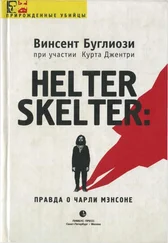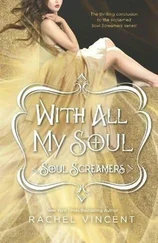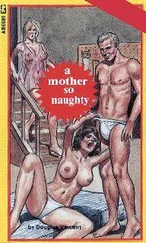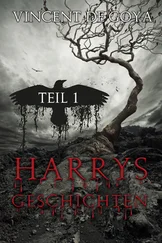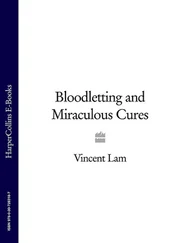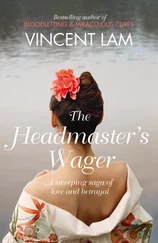As will become all too apparent, in this instance “solved” was a misstatement if ever there was one.
Although Aaron was my superior in the office, we had been assigned the case as co-prosecutors, each of us having an equal say in its handling. Though major, nationally prominent criminal cases of even less magnitude and complexity than the Tate-LaBianca murders frequently have three and sometimes four prosecutors working on the case full time, for some reason only Aaron and I were assigned to the case. Though neither Aaron nor I could have foreseen that months later he would be yanked off the case, leaving me to go it alone, I did realize from the start that owing to his other duties as head of the Trials Division, at least his pretrial participation would be limited.
In 1971, California Governor Ronald Reagan arranged to have Judge McMurray taken out of retirement to try the Angela Davis case. The defense challenged him for cause.
Exact dates, details, quotes from the investigating officers, etc. I would obtain the following day when going over reports of the various law-enforcement agencies.
When booked, almost all the Family members used aliases. In a number of cases their true names were not known until much later. To avoid confusing the reader as much as I was confused at the time, true names and most-used aliases have been inserted in brackets.
I had no evidence that Cathy Gillies was a party to this plot.
As with almost everything else written about Manson’s early years, even his date of birth is usually given erroneously, although for an understandable reason. Unable to remember her child’s birthday, the mother changed it to November 11, which was Armistice Day and an easier date to remember.
His first name remains unknown. Even in official records he is referred to as “Colonel Scott.”
I would not obtain the results of these until much later; however, portions are quoted here.
In one of his pamphlets, Hubbard defined a “clear” as “one who has straightened up this lifetime.” It is rather hard to see how this might apply to Charles Manson.
He in fact requested a transfer to Leavenworth, considered a much tougher institution, because “he claimed he would be allowed to practice his guitar more often.” The request was denied.
Virginia Graham would later state that she was unaware that Ronnie Howard had already talked to the police. However, a group of girls was transferred from Sybil Brand to Corona shortly before this, and it’s possible they carried along some jail scuttlebutt.
This was probably garbled, “convent” having been mistaken for “commune.”
We later received information indicating that Manson may have sent three of his followers to Los Angeles with instructions to either bring back the girls or kill them, but we were never able to prove this. This was the same trip when a flat tire prevented the murder of Cathy Gillies’ grandmother, the owner of Myers Ranch.
Although Frykowski had been shot twice, Susan couldn’t recall the shooting, leaving in doubt exactly when this occurred.
Manson gave Deasy some LSD. He had such a frightening “trip” that he wanted nothing more to do with Manson or his Family.
Schiller, though listed as co-author, not only didn’t write the story, he never even met Susan Atkins.
According to evidence introduced during the trial, the terms of the agreement were: 25 percent to Schiller; of the remaining 75 percent, 60 percent to Susan Atkins, 40 percent to her attorneys.
Published by New American Library, which is owned by the Times Mirror Company, which also owns the Los Angeles Times .
Spelling and punctuation errors in the Atkins letters are as in the originals.
These will be discussed in a later chapter.
Subdivision 2 of Article IV reads: “A person charged in any state with treason, felony, or any other crime, who shall flee from justice, and be found in another state, shall on demand of the executive authority of the state from which he fled, be delivered up, to be removed by the state having jurisdiction of the crime.”
A folk-song expert later listened to the tapes and found the songs “extremely derivative.” From his notes: “Somewhere along the line Manson has picked up a pretty good guitar beat. Nothing original about the music. But the lyrics are something else. They contain an amazing amount of hostility (‘You’ll get yours yet,’ etc.). This is rare in folk songs, except in the old murder ballads, but even there it is always past tense. In Manson’s lyrics these are things that are going to happen . Very spooky. Overall judgment: a moderately talented amateur.”
The transcripts of in-chambers proceedings were sealed until after the conclusion of the trial. Though there were occasional leaks, in most instances those proceedings are reported here for the first time.
We Are Everywhere , by Jerry Rubin (New York: Harper & Row, 1971).
Manson apparently got the 144,000 figure from Revelation 7, which mentions the twelve tribes of Israel, each numbering 12,000.
Manson was charged with interfering with the questioning of a suspected runaway juvenile, Ruth Ann Moorehouse. He was given thirty days, suspended, and placed on three years probation. Asked his occupation when booked, he said he was a minister.
Unlike ex-Beatles John Lennon and Paul McCartney, George Harrison refused the authors permission to quote from the lyrics of any of his songs, including “Piggies.”
It is first heard two minutes and thirty-four seconds into the song, just after the crowd sounds that follow “lots of stab wounds as it were” and “informed him on the third night” and just before “Number 9, Number 9.”
The points of similarity included color, diameter, length, as well as the medullary characteristics.
My interviews with Linda Kasabian were not taped. Exact quotations are from either my interview notes, her trial testimony, or her narrative letters to me.
At 3:07 P.M., July 30, 1969, someone at the Tate residence called the Esalen Institute, Big Sur, California, telephone number 408-667-2335. It was a brief station-to-station call, total charge 95 cents. It is unknown who placed the call, or—since the number is that of the switchboard—who was called.
Since the call occurred just six days before Charles Manson’s visit to Esalen, it arouses a certain amount of speculation. A few things are known, however: none of the Tate victims was at Big Sur during the period Manson was there; Abigail Folger had attended seminars at Esalen in the past; and several of her San Francisco friends visited there periodically. It is possible that she was simply trying to locate someone, but this is just a guess.
Though both the call and Manson’s visit to Esalen remain mysterious, I should perhaps note that, with a single exception—the Hatami-Tate-Manson confrontation on March 23, 1969—I was unable to find a prior link of any kind between any of the Tate-LaBianca victims and their killers.
Читать дальше

